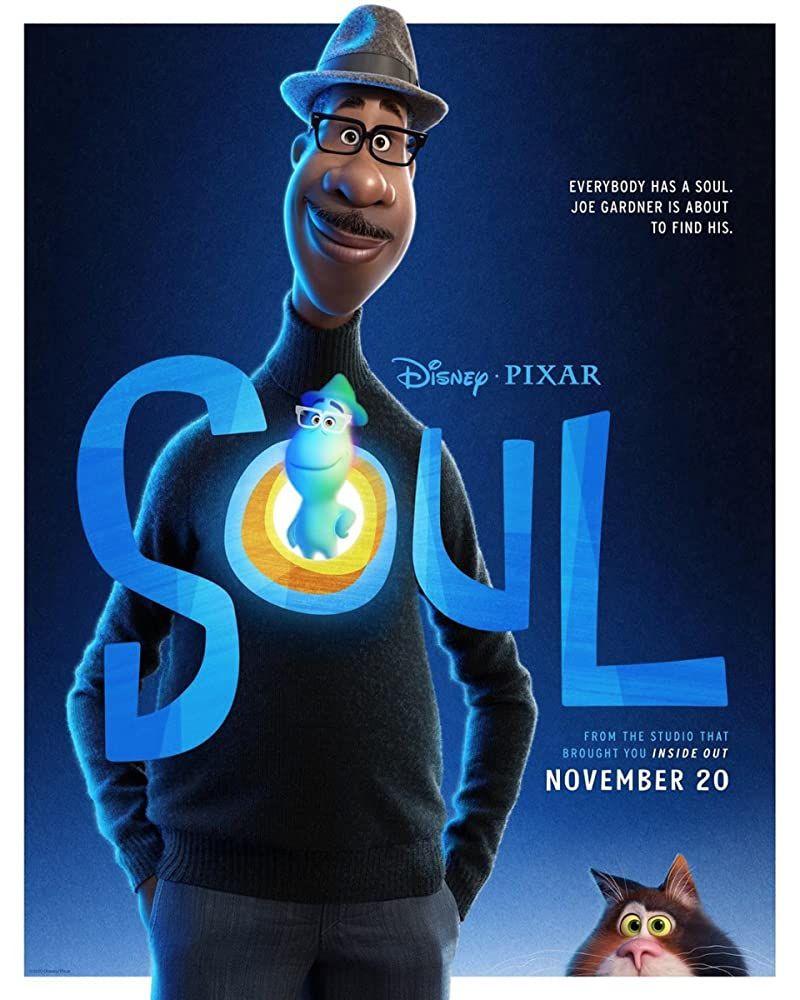Recently the Academy of Motion Picture Arts and Sciences, also known as the Oscars, announced new standards for diversity and representation in their Best Picture line up, which will go into effect by 2024. In the Oscars’ official statement, the standards are to “encourage equitable representation on and off screen in order to better reflect the diversity of the movie-going audience.” There are 4 new standards labeled A to D, and any best picture nominee must meet at least two of them. The standards are onscreen representation (A), creative leadership (B), industry access (C), and audience development (D).
These new standards have renewed the conversation about the role of diversity at the Oscars. Many argue that any diversity standard is antithetical to the principle of the Best Picture category, as the representation in one cast does not speak to how good one movie is. However, diversity in the film industry is important, as different people of different backgrounds fundamentally have different stories to tell. Anyone who is interested in film wouldn’t want every movie to be more or less the same, or there would be no reason to watch them. Therefore, the best picture category should reflect and promote a wide range of films with varying styles, genres, and of course, ethnic groups.
One concern is that by having standards for diversity in the first place is that movies deserving of a Best Picture nomination are snubbed in favor of films made underrepresented individuals. However, one must not forget that movies are art, and there is no singular objective standard for assessing the quality of art. No matter what, the personal bias of the Academy itself is what determines the nominations. Having some standards at least ensure that there is a good variety in the nominations. The Best Picture category should give people a good selection of the year’s best. Diversity in that category provides the judges and audiences with choices, new perspectives and a shared cultural enrichment.
There are issues, however, with the particular standards laid out. First, and very importantly, the standards are basically meaningless. It is basically impossible for any movie made today to not meet these at least two of these standards, with movies such as 2019’s The Irishman and Marriage Story qualifying despite featuring full white casts. For onscreen representation (A), a film must have underrepresented groups as one of the leads or supporting actors, 30% of the general cast or as the main subject matter of the story, with only period movies missing this mark. For creative leadership, (B) at least two people from an underrepresented group must be in a development position and including any position from scriptwriter to hair stylist. Again, even though Hollywood definitely overrepresents white males, most movies meet this easy standard. Standards C is about diversity in crew, which includes visual artists, camera operators, interns, etc. Standard D is about diversity in marketing teams. To reiterate, nearly every movie made today will meet standards C and D, and if anything will only hurt indie filmmakers with small budgets.
The timing of the release of these standards is also questionable, as they were announced about a week after the tragic passing of Chadwick Boseman, who had had risen to become one of the most iconic and influential black actors and advocates. It would seem the Academy announced these standards at this point in time in order to show their support for people in the movie industry who are part of an underrepresented group like Boseman was. While this is just conjecture on my part, it seems incredibly disrespectful to the actor. Boseman had an expansive career that was far more than being a black icon.
It is important for the Best Picture lineup to be diverse. Without Alejandro Jodorwsky’s Chilean circus background, we could not experience his unique psychedelic films. Likewise, without Alfred Hitchcock’s traditional British upbringing, we could not watch his bedrock thrillers. While a diverse lineup is essential, if there are going to be official standards, they cannot be ineffectual and must speak to what actually affects the movie itself.




































